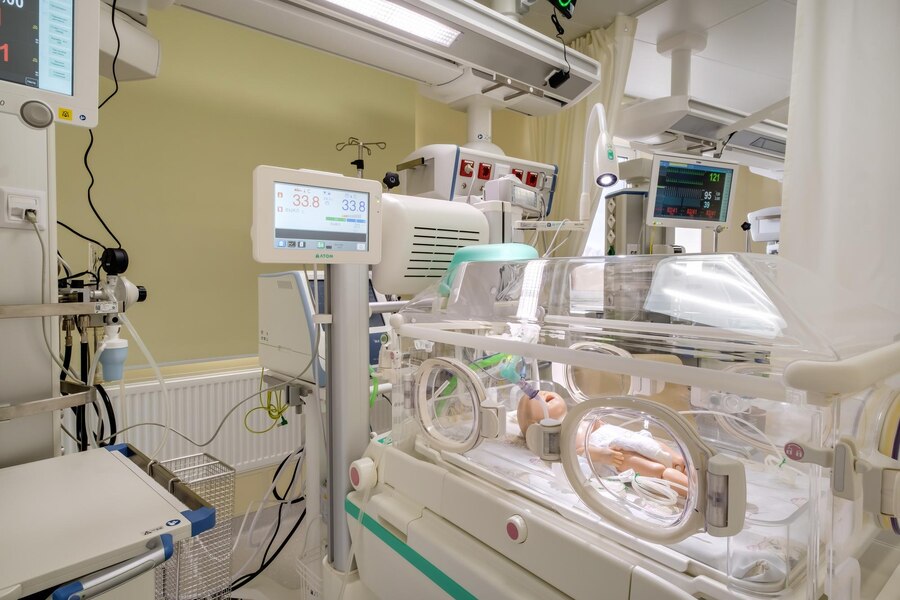The Role of Human Lung Simulators and Full-Body Pediatric Patient Simulators in Healthcare Education

One of the key innovations in this field is the development of human lung simulators and human patient simulators, which provide invaluable hands-on experience for healthcare professionals. These simulators are becoming indispensable tools for doctors, nurses, and medical students, enhancing their skills in diagnosing and treating real-world medical conditions. Additionally, the introduction of Full Body Pediatric Patient Simulators offers a breakthrough in pediatric care education, enabling healthcare providers to simulate and manage pediatric-specific conditions effectively. Human Lung Simulators: A Game-Changer for Respiratory Training Human lung simulators have revolutionized how respiratory health is taught and practiced. These simulators mimic the structure and function of the human lungs, allowing medical professionals to practice a variety of respiratory procedures in a safe, controlled environment. From intubation to mechanical ventilation, these simulators offer realistic sce...
